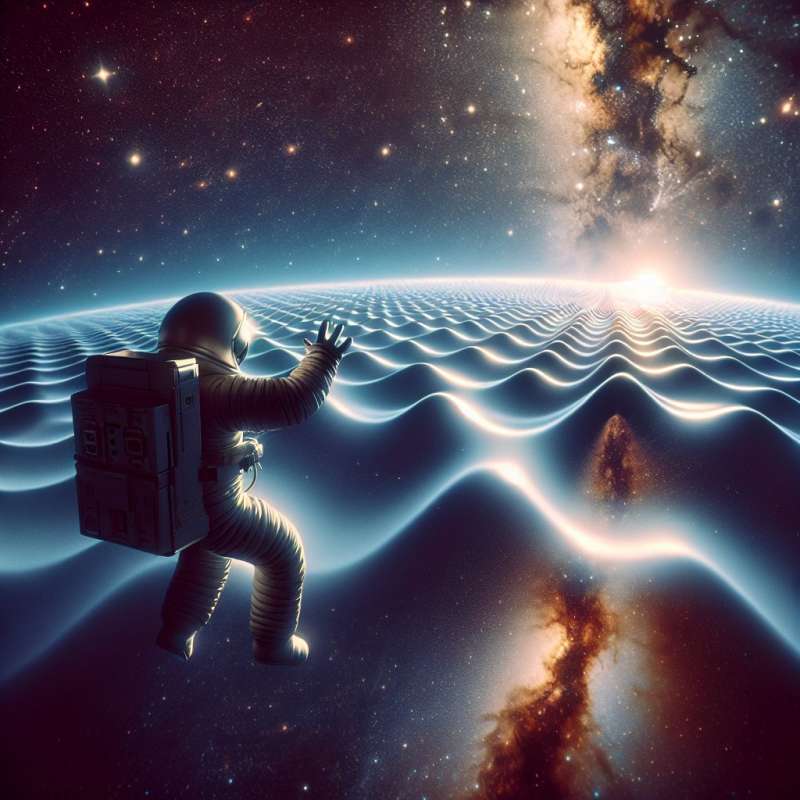
Defining Waves
Waves are disturbances transferring energy without permanent displacement of particles. They travel through mediums, like water or air, carrying energy from one location to another.
Wave Types
There are two primary wave types: mechanical and electromagnetic. Mechanical waves require a medium, while electromagnetic waves can travel through a vacuum.
Wave Properties
Key wave properties include amplitude, wavelength, frequency, and speed. These properties dictate a wave's energy and how it interacts with other objects.
Surprising Wave Facts
Did you know Earth's gravity can create waves in the atmosphere similar to ocean waves? These atmospheric waves affect weather patterns and can travel thousands of miles.
Quantum Wave-Particle Duality
In quantum physics, particles can exhibit wave-like behavior. This wave-particle duality is fundamental to understanding phenomena like electron orbitals and light propagation.
Tsunami: Misunderstood Waves
Contrary to popular belief, tsunamis are not tidal waves. They're a series of ocean waves caused by large disturbances such as underwater earthquakes, with incredibly long wavelengths.
Sound Waves in Space
Sound can't travel through the vacuum of space, but certain cosmic events cause ripples in space-time known as gravitational waves, which are similar in concept to sound waves.Moon's Tidal Waves
The Moon's gravity not only affects ocean tides, but also generates tiny tidal waves in Earth's crust, causing slight deformations!
What do waves transfer without?
Permanent particle displacement
Energy through a vacuum
Mediums like water or air
Company